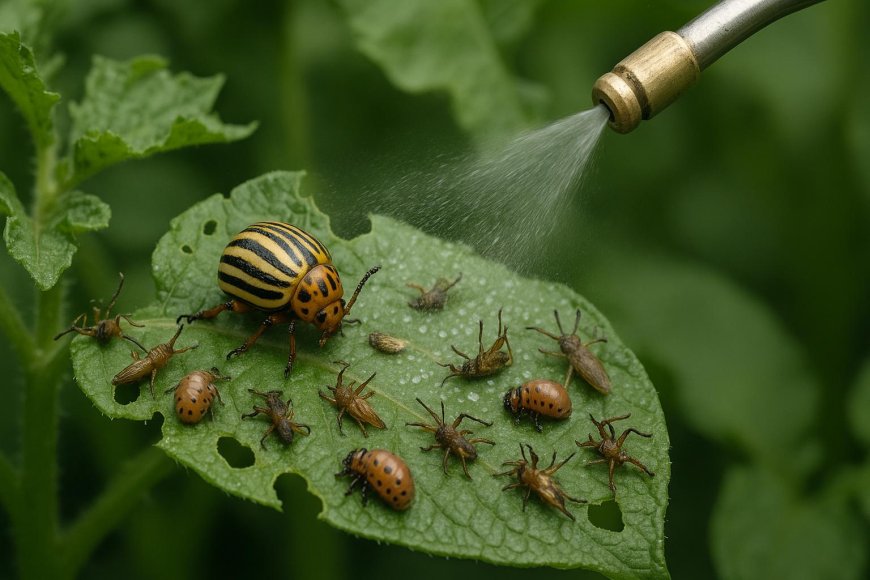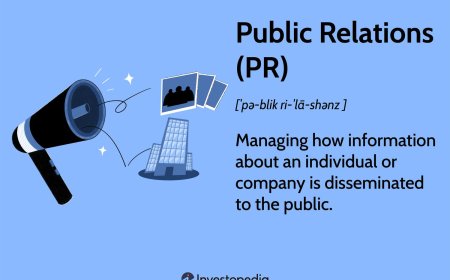Best Practices for Applying Insecticides Against Leaf-Eating Pests
Control leaf-eating pests effectively with smart insecticide practices—learn ideal timing, modes of action, spray techniques, and IPM integration.

Leaf-eating pests such as caterpillars, beetles, and grasshoppers are persistent threats to agricultural crops. Their feeding activity directly impacts photosynthesis by damaging leaf surfaces, which reduces plant vigor, delays growth, and often leads to severe yield losses. Farmers dealing with these pests must take a targeted, informed approach to insecticide application. The goal isnt just to kill insectsits to manage them in a way that preserves crop health, environmental balance, and product safety.
An effective insecticide strategy must consider pest biology, application timing, chemical selection, spray coverage, and resistance prevention. Each factor contributes to a broader integrated pest management (IPM) plan. A reactive, general-use approach rarely works against fast-adapting pests like Spodoptera litura or Helicoverpa armigera.
Why Target Leaf-Eating Pests Strategically?
Leaf-eating pests arent just a nuisance; they trigger economic thresholds quickly. Once populations surpass critical levels, feeding damage becomes irreversible. In crops like cotton, maize, and soybean, early-stage defoliation can reduce final yields by 2540%.
These pests are active in multiple generations and can move quickly across fields. They often hide in the lower canopy, making them difficult to reach with surface-level sprays. Understanding their behavior and feeding habits is the first step toward controlling them efficiently.
Two notable points:
-
Larvae cause the most damage during their second and third instars.
-
Feeding rates increase dramatically with temperature between 2632C.
Applying insecticides before larvae reach advanced stages results in higher control efficacy and less chemical use. Thats why preventive or early-intervention strategies tend to outperform curative ones.
Which Insecticide Types Work Best for Defoliators?
Different classes of insecticides affect pests in distinct ways. Some act on the nervous system, while others disrupt molting or feeding behavior. Choosing the right chemical group prevents overreliance on a single mode of action.
Common modes of action include:
-
Neurotoxic agents (e.g., pyrethroids, neonicotinoids) paralyze and kill pests quickly.
-
Insect growth regulators (e.g., tebufenozide) disrupt molting and metamorphosis.
-
Stomach poisons (e.g., chlorantraniliprole) are ingested by feeding larvae.
A growth regulator or stomach poison provides residual control for infestations dominated by caterpillars with less of an adverse effect on beneficial insects. Dual-active insecticides or combination formulations are also gaining traction in the management of mixed pest populations.
Systemic insecticides, which travel throughout the plant, aid in reaching buried larvae in crops with layered growth or dense canopies. During the early larval stage, when ingestion-based medicines work best, Buy Dhanuka EM-1 is frequently used to control caterpillars. Without causing harm to crop tissues, its formulation targets feeders on the inside as well as the leaf surface.
How Timing Influences Insecticide Effectiveness
Applying insecticides too early wastes inputs; spraying too late allows irreversible damage. Monitoring pest development stages ensures that applications coincide with vulnerable periods in the pest lifecycle.
Timing guidelines:
-
Apply during early morning or late evening when larvae are most active.
-
Target second or third instar stages for optimal kill rates.
-
Avoid spraying during high wind speeds or intense sunlight.
Monitoring pest populations and identifying activity peaks can be facilitated by the use of light or pheromone traps. Threshold-based decision-making is consistent with IPM principles and minimises needless chemical use. In more than 85% of monitored plots, ICAR study indicates that scouting every 35 days during vegetative stages aids in the early detection of infestations.
What Are the Best Application Techniques for Maximum Coverage?
If the insecticide doesn't get to the pest, it loses its effectiveness. When pests feed on the undersides of leaves or inside folded leaf margins, spray coverage is very important. Selecting the right nozzle and using precise equipment are important.
Best practices for application:
-
Use hollow cone nozzles for finer spray droplets that reach complex leaf structures.
-
Maintain a consistent pressure of 2.53 bar for adequate droplet penetration.
-
Mix adjuvants to enhance wetting and sticking ability on waxy leaves.
If adjusted correctly, drones, boom sprayers, and ground-based knapsack sprayers can all be efficient. To increase lower canopy coverage in tall crops like sugarcane or pigeonpea, employ an air-assisted sprayer or a vertical boom.
Depending on crop density and pest load, the recommended spray water volume per hectare should be between 250 and 500 litres. Sub-lethal dose from underapplication frequently leads to resistance and necessitates respraying.
The most expensive spray is the one that doesnt reach the target. Application technique is as vital as the product itself. Entomologist, Tamil Nadu Agricultural University
How to Integrate Insecticide Use into IPM
Insecticides are just one tool in the broader pest management toolbox. When overused or misused, they disrupt ecological balance, leading to secondary pest outbreaks and resistance development.
Steps for integration:
-
Rotate insecticides from different IRAC groups to prevent resistance.
-
Combine chemical treatments with cultural practices like intercropping or trap cropping.
-
Release biological control agents (e.g., Trichogramma wasps or Chrysoperla lacewings) where feasible.
Integrated programs delay resistance and sustain long-term pest suppression. A notable example is the use of marigold borders in tomato fields, which attract and trap Spodoptera moths. Combined with selective insecticides, this method reduces chemical dependency by 3040% over a season.
For guidance, refer to FAOs IPM resource library that outlines ecosystem-based approaches tailored to tropical and subtropical regions.
Which Factors Reduce Insecticide Performance?
The effectiveness of pesticides is diminished by a number of operational and environmental factors. Maintaining consistent performance under various field situations is made easier by acknowledging and reducing these variables.
Common factors include:
-
Rainfall within 24 hours after spraying, which washes off contact insecticides.
-
High UV radiation, which breaks down light-sensitive active ingredients.
-
Incorrect tank pH affecting solubility and stability of actives.
To avoid degradation, many farmers add pH buffers or UV protectants when preparing spray solutions. Field studies have shown that adjusting tank solution to pH 6.06.5 can increase retention time by up to 20%, especially in organophosphates.
Also, avoid tank-mixing insecticides with incompatible fertilizers or micronutrients without testing first. Chemical interactions may render actives inert or produce phytotoxic effects.
FAQs
-
When should I reapply insecticides?
Reapplication depends on residual period, pest lifecycle, and weather. Typically, wait 714 days unless rainfall or new infestation demands earlier intervention. -
Can I mix two insecticides for better control?
Yes, if they are chemically compatible and from different IRAC groups. Check label instructions or use jar tests to ensure no adverse reactions occur. -
Whats the ideal spray volume for dense crops?
Use 300500 liters per hectare for crops like cotton, okra, or pigeonpea to ensure adequate penetration and coverage. -
Should I spray in the afternoon?
Avoid mid-day spraying due to rapid evaporation and reduced pest activity. Morning or evening is preferred for maximum contact time and ingestion. -
Do all caterpillars feed the same way?
No. Some feed on the upper surface, others hide inside leaf folds or bore into stems. Application must consider feeding location and pest behavior.
What Should You Do After the Spray?
After insecticide application, continue field monitoring to assess the impact. Check for live larvae, leaf damage, and regrowth over the next 4872 hours. Record field notes for:
-
Pest resurgence or decline.
-
Signs of phytotoxicity or spray burn.
-
Rainfall events affecting product performance.
Future choices, such as when to apply insecticides and when to schedule sprays, can be improved by using this data. Additionally, it produces an action log that complies with certification and traceability requirements.
Early detection, careful product selection, accurate application, and post-application evaluation are all components of the most successful pest management plans. Accuracy and efficiency are more important than ever in a world of resistant insects and growing expenses.



































